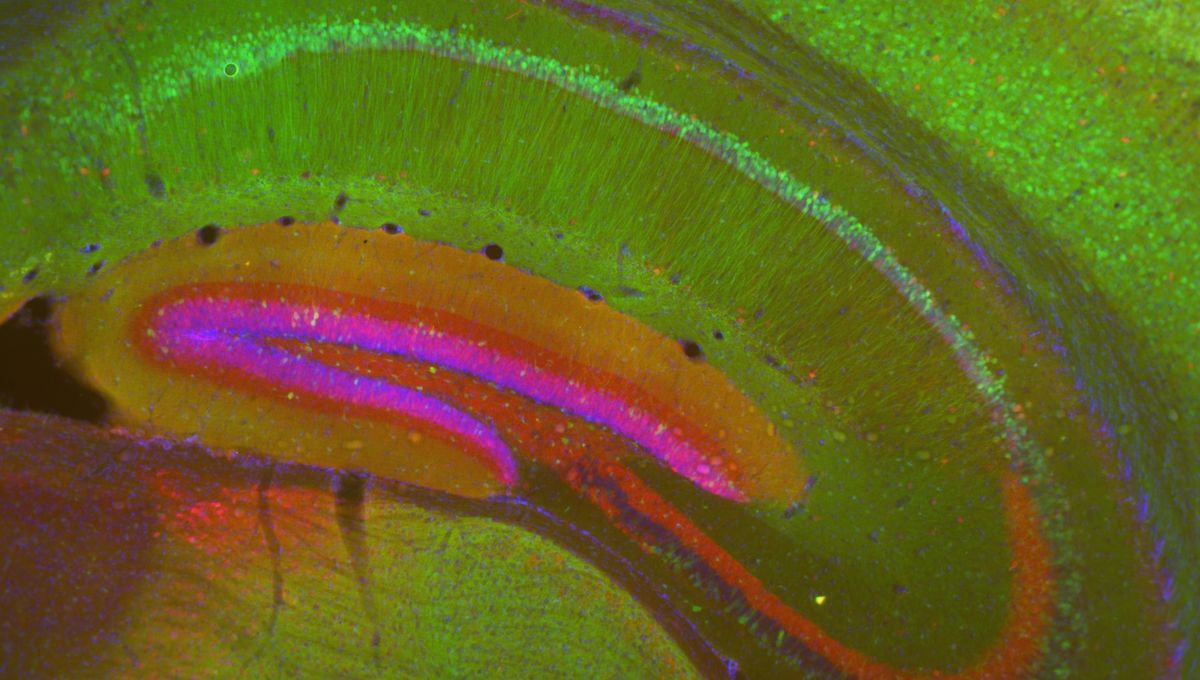
Our memories may not be as stable as we thought. A growing body of evidence suggests that they can “drift” across different populations of neurons, and this latest study has demonstrated that that can be true even when talking about memories of the same environment.
We tend to think of memory as static, unchanging, like a library of things and experiences locked away in our heads ready to peruse later – until something, like age or neurodegeneration, causes them to break down. In reality, there’s increasing evidence that things are a lot more dynamic than first they appear.
“There’s been a pretty big debate in our field over the last decade about whether memories are stored stably in the brain by specific neurons (the classical model) or whether the memories drift across populations of neurons,” senior author Professor Daniel Dombeck of Northwestern University told IFLScience.
“A paper from another lab about 10 years ago made the discovery of representational drift in the hippocampus when mice were re-exposed to the same environment day after day. Since that time, many researchers have wondered whether the drift was just due to the mice behaving differently when they were re-exposed to the environment, or whether there were small changes to the environment so that the mouse perceived the environment differently.”
These unanswered questions inspired Dombeck and the team behind the new study.
Mice love to run, even on treadmills!
Professor Daniel Dombeck
They had to create an experiment that would expose the mice to a highly consistent environment while tracking the activity of cells in their hippocampi over time. The setup they hit upon involved a tiny treadmill, virtual reality, and a pine-fresh scent.
“Mice love to run, even on treadmills!” said Dombeck. “So, it wasn’t too difficult to get them to engage and run through our virtual worlds.”
Every sensory input was tightly controlled. “My lab specializes in building virtual reality simulations for mice, and we thought that we could use our system to make sure the environment was as similar as possible for the mice from day to day,” Dombeck explained.
The mice were surrounded by five monitors showing the virtual track as they ran. A nose cone, placed in the same position every day, funneled in air scented with α-pinene, and white noise was played to eliminate variable background noise. The mice had access to drinking water, again placed in the same position every day.
“We give them several days to acclimate, and some mice engage more quickly than others; it does seem to us like the mice like the experience of running through VR,” Dombeck told us.
During the different experiments, the team were able to vary factors like the brightness of the screens or the amount of α-pinene in the air. Then, while the mice were running along, they used two-photon imaging to track the activity of CA1 pyramidal neurons in the hippocampus.
Within the cells they imaged across six individual mice, they picked out 391 place cells, neurons that are known to be vital for spatial navigation.
Even though the mice were exposed to an identical environment each day for five consecutive days, the team did not see the same populations of place cells firing each time. Instead, they saw drift: “only 164 out of the 391 place cells (41.9 percent) identified on day 1 had the same place fields on day 5,” they write in their paper.
If we are able to discover how to maintain excitability of these neurons, we should be able to maintain memory in people as we age.
Professor Daniel Dombeck
“I thought for sure we were going to see more stable memories in hippocampal neurons when we made the environment and behavior highly reproducible,” said Dombeck. “I was quite surprised that this reproducibility did not change the rate that the memories drifted over days. This result really changes the way I think about long term memory storage.”
While these findings are limited to mice for now, they open up a lot of possibilities for future research in humans, as Dombeck explained.
“One of our key findings was that neuronal excitability is a key predictor of which cells stably store a memory; and this finding is the one that may have broader impacts on human health and disease. A reduction of excitability of neurons in the hippocampus has been observed during the natural aging process, so our research suggests that, if we are able to discover how to maintain excitability of these neurons, we should be able to maintain memory in people as we age.”
“This will be an exciting direction of future research for our lab and other labs around the world.”
The study is published in Nature.
Source Link: Memories Of Places “Drift” In The Brain – Even When The Environment Doesn’t Change